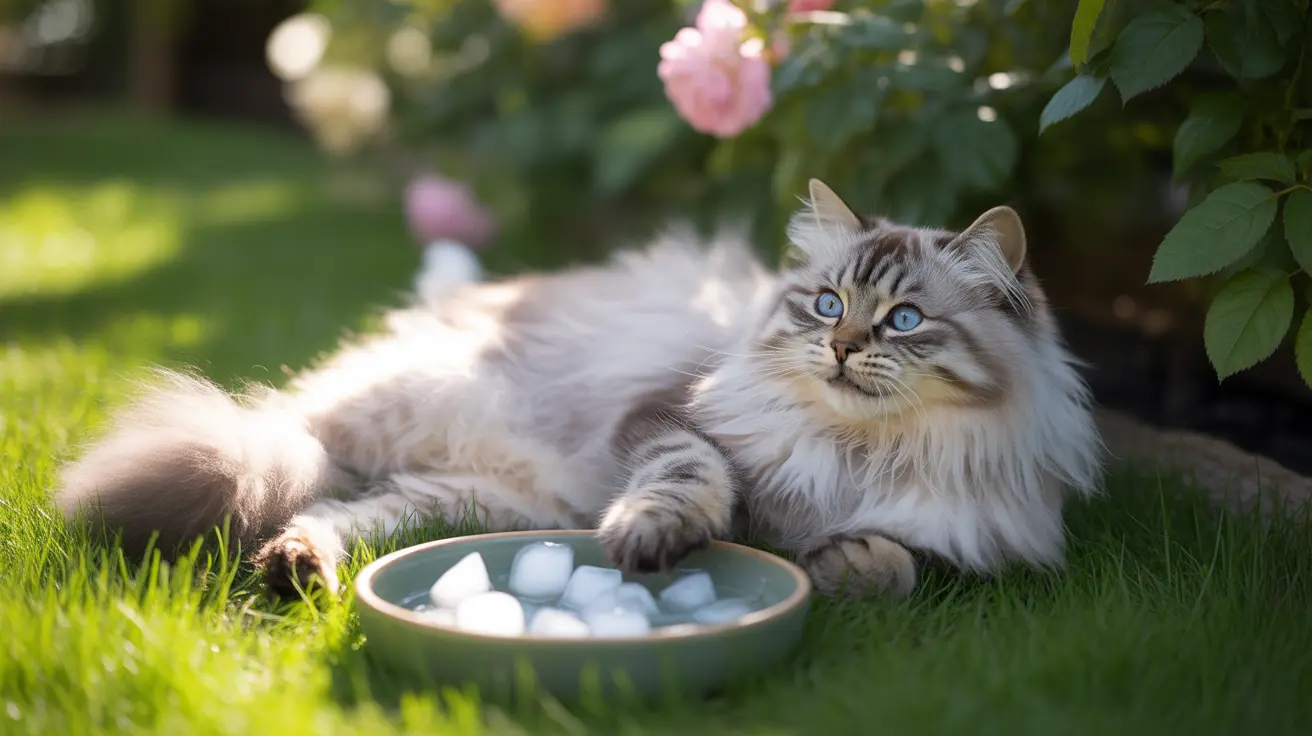If you've noticed your feline friend's appetite dropping as temperatures rise, you're not alone. Many cat owners observe changes in their pets' eating habits during warmer months, and there's actually solid scientific evidence behind this behavior. Understanding why cats eat less in summer can help ease concerns and ensure proper care during seasonal transitions.
Research shows that domestic cats typically consume about 15% less food during summer months compared to winter, a pattern that's been consistently documented through multiple scientific studies. This natural adjustment is both normal and healthy for most cats, reflecting their body's adaptive response to seasonal changes.
The Science Behind Seasonal Appetite Changes
Studies conducted over multiple years have revealed fascinating insights into feline eating patterns. A landmark four-year study using microchip feeders documented consistent seasonal variations in cat food consumption, with the lowest intake occurring during summer months.
This reduction in appetite is influenced by several key factors:
- Lower energy requirements for body temperature regulation
- Decreased physical activity in hot weather
- Changes in daylight hours affecting metabolic rhythms
- Natural hormonal fluctuations tied to seasonal changes
Temperature's Impact on Feline Metabolism
During summer, cats require fewer calories to maintain their body temperature, unlike in winter when they need extra energy to stay warm. This biological adaptation means they naturally gravitate toward eating less when it's hot, helping them maintain a comfortable body temperature without overheating.
Recognizing Normal vs. Concerning Appetite Changes
While summer appetite reduction is normal, it's important to distinguish between healthy seasonal changes and potential health issues. A typical summer decrease in food intake should:
- Be gradual rather than sudden
- Not exceed roughly 15-20% of normal intake
- Not result in significant weight loss
- Not be accompanied by other concerning symptoms
Warning Signs to Watch For
Contact your veterinarian if you observe:
- Complete food refusal for more than 24 hours
- Rapid or significant weight loss
- Lethargy or unusual behavior changes
- Vomiting or diarrhea alongside decreased appetite
Managing Your Cat's Summer Diet
Supporting your cat's natural appetite changes while ensuring proper nutrition requires a balanced approach. Consider these practical strategies:
- Adjust portion sizes gradually as seasons change
- Feed during cooler morning or evening hours
- Ensure fresh, cool water is always available
- Monitor weight and body condition regularly
- Store food properly to maintain freshness and appeal
Frequently Asked Questions
Why do cats eat less during the summer months?
Cats eat less in summer due to reduced energy needs for temperature regulation, decreased activity levels, and hormonal changes influenced by longer daylight hours.
Is it normal for my cat to have a reduced appetite in hot weather?
Yes, it's completely normal. Most healthy cats naturally reduce their food intake by about 15% during summer months as part of their biological adaptation to warmer weather.
How much less food do cats typically eat in summer compared to winter?
Scientific studies show cats typically eat approximately 15% less food during summer months compared to winter, though individual variations can occur.
When should I be concerned if my cat is eating less in summer?
Be concerned if your cat completely refuses food for more than 24 hours, shows significant weight loss, appears lethargic, or exhibits other unusual symptoms beyond normal appetite reduction.
How can I adjust my cat's feeding routine during the summer to keep them healthy?
Adjust portions gradually, feed during cooler hours, ensure constant access to fresh water, and monitor your cat's weight and condition. Consider splitting daily portions into smaller, more frequent meals.
Understanding and accommodating your cat's seasonal appetite changes is an important part of responsible pet ownership. By recognizing these natural patterns and knowing when to be concerned, you can help ensure your feline friend maintains optimal health throughout the year.






